When you grew and harvested plants in your garden in the past, these crops absorbed nutrients from the soil. It is essential to replace those nutrients in the spring before more plants are planted there. Fertilizer plays a significant role here. Fertilizers can be thought of as nutritional supplements. Tomatoes grow best in soils with plenty of calcium, for example. Using fertilizers ensures that soil nutrient levels are acceptable for healthy growth by replacing lost nutrients.
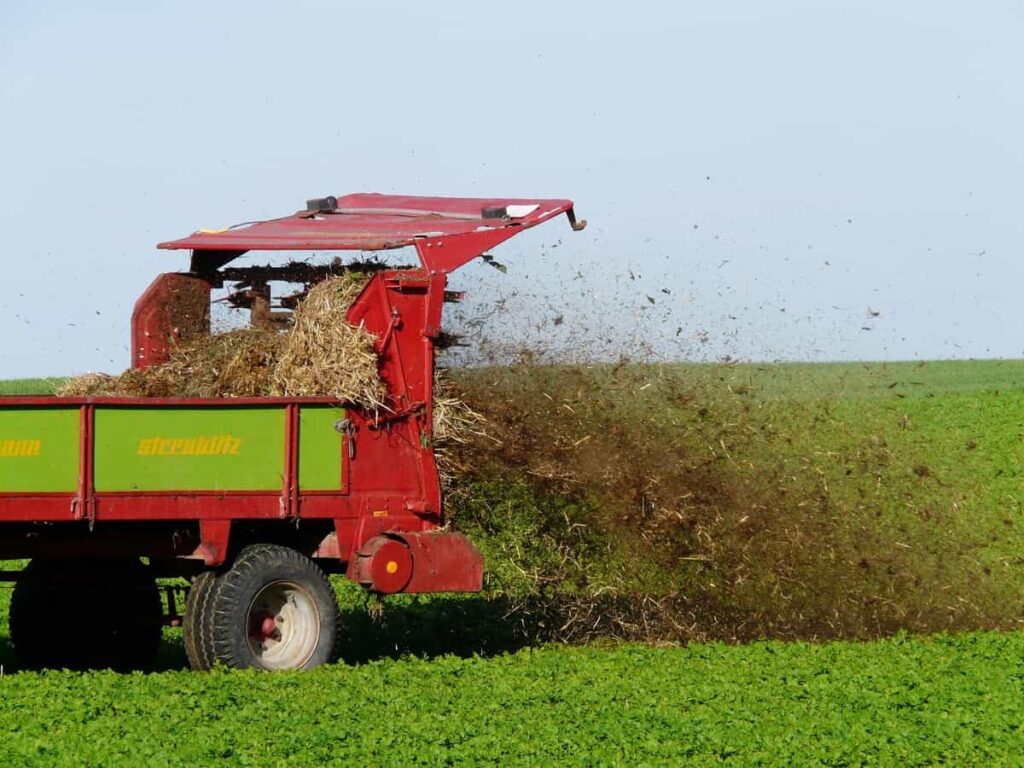
Organic fertilizer is a natural fertilizer derived from plants or animals. In addition to enriching the soil, it adds carbonic molecules necessary for plant growth. By adding organic fertilizers to the soil, organic matter is increased, microbial growth is encouraged, and the soil’s physical and chemical composition is altered. Foods that are green require it as one of their essential elements. Let’s check out 10 organic fertilizers for your vegetable garden below.
Factors need to be considered while choosing any fertilizer
There is no one-size-fits-all approach to fertilizing vegetable gardens, and your needs will differ depending on your garden type. You will need a soil test for an organic fertilizer recommendation for your vegetable garden. An initial soil test will tell what nutrients you need to provide to increase plant growth. In the soil test results, you will learn what kind of soil texture you have, what pH level you have, and what nutrients you need in your garden.
Soil texture
Different soil textures could appear on your results; you could have clay, sandy, silty, or loamy soil. Understanding your soil’s texture can help you understand how it retains water and impacts your plants’ root growth.
In case you missed it: A Guide to Understand Homemade Fertilizers for Your Garden/Farm: Check How this Guide Helps Beginners
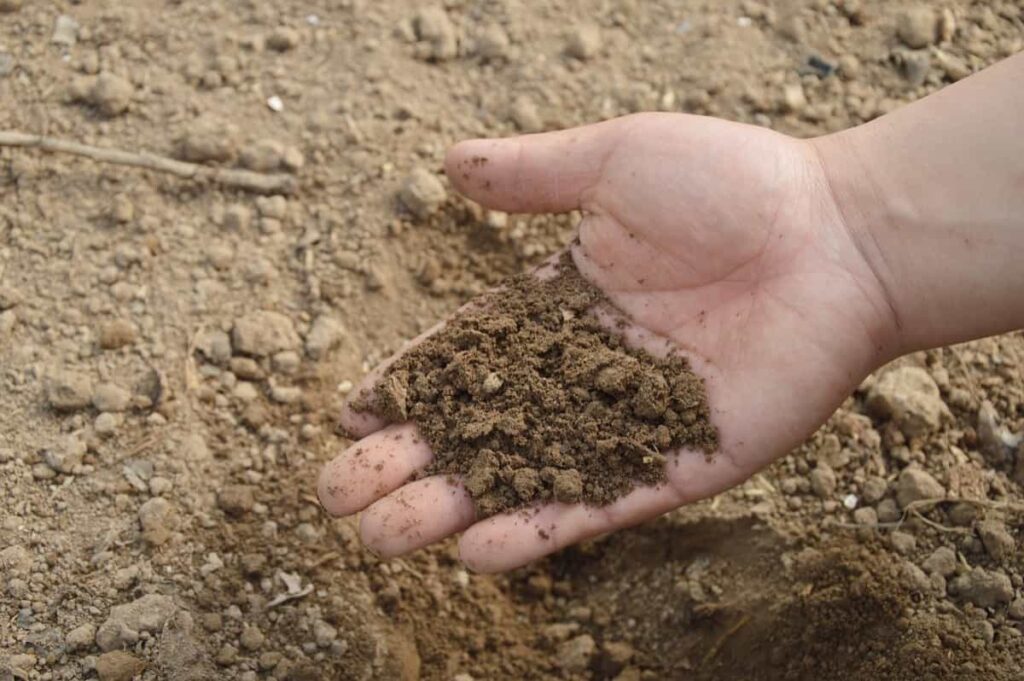
pH level
A soil test measures the acidity of your soil based on its pH level. A number ranging from 0 to 14 represents the PH measurement. A score of zero on this scale indicates that your soil is highly acidic, while a score of 14 indicates that your soil is very alkaline. Most people try to amend their soil or add fertilizer to a pH level of 6.5 or 7, which indicates that the soil is neutral in pH. There are always exceptions to the rule regarding growing crops in home gardens, but it is ideal to have a neutral or slightly acidic pH.
Nutrients
Plant nutrients can be divided into three primary categories based on soil results and fertilizer applications. They are represented by the letters N – P – K. These are the three primary nutrients for plants.
- Nitrogen (N)
- Phosphorus (P)
- Potassium (K)
10 organic fertilizers for your vegetable garden
Compost
Plant residues are broken down into nutrients by compost, which contains living organisms such as bacteria and fungi. Beneficial bacteria and fungi can be produced by compost, which is an excellent natural organic fertilizer. It is best to use compost to make the soil in the vegetable garden more fertile and healthy. Furthermore, compost reduces the need for chemical fertilizers.
In case you missed it: Best Fertilizers for Papaya Trees
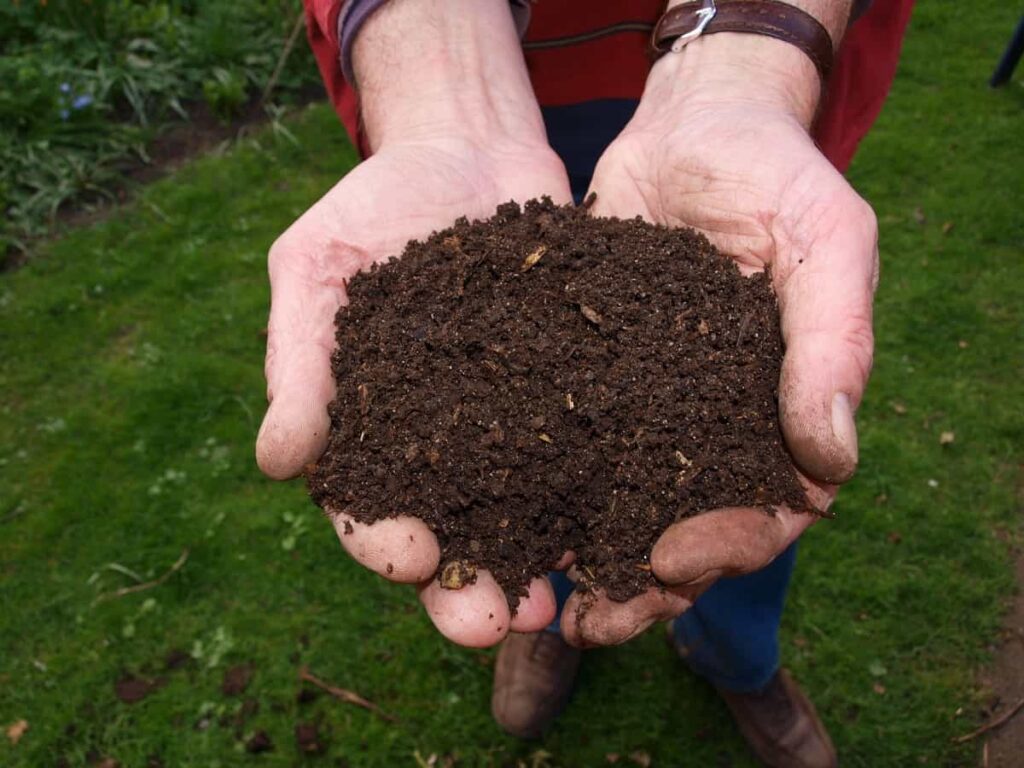
Compost can be applied at either the season’s end or early spring. In addition to breaking down slowly, compost also offers other benefits. As opposed to water-soluble chemical fertilizers, which provide a more concentrated but shorter-lived burst of nutrition, organic fertilizers provide a gradual supply of nutrients for an extended period.
Animal manure
Using animal manure as a soil amendment can help return nutrients to the soil and juice it up to become a more effective growing medium for crops in the next season. There are pros and cons to using manure as an amendment. Various kinds of animal manure have different macro-nutrients, which must be adequately composted and used at different rates to prevent plants from being damaged with too much of one nutrient. Fresh and hot manure may burn plants, so it is best to use composted or aged manure.
The texture of the soil will not be changed by adding manure. The most common time to add manure to a vegetable garden is during the fall. It is possible to spread the manure over the soil or incorporate it into the garden soil. Waste from pigs, dogs, cats, and humans should never be used in vegetable gardens. Animal manures are acceptable for use in vegetable gardens, including cow, horse, chicken, sheep, goat, and llama manures.
In case you missed it: Raising Kadaknath Chickens (Black Chicken) in India: Check How this Guide Helps Profitable Kadaknath Poultry Farming from Scratch
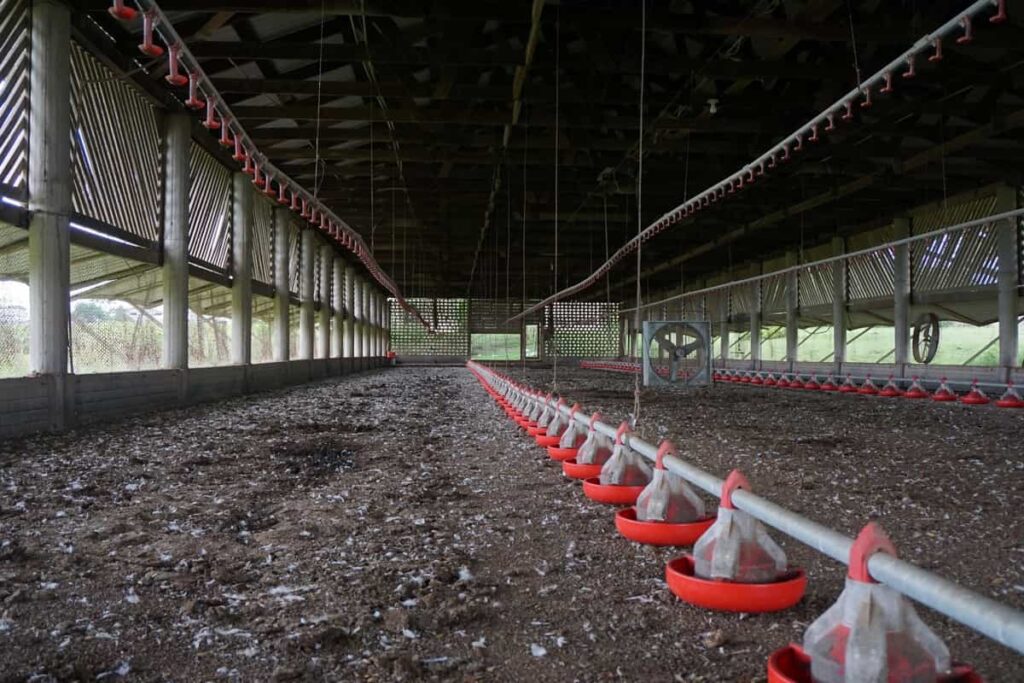
- Chicken manure: One of the hottest manure options due to its high nitrogen content. Before applying, you should allow it to compost and age for a while.
- Cow manure: A tremendous all-purpose manure that burns plants less quickly due to its lower nitrogen content. Horse manure tends to contain more weed seeds than manure from animals.
- Goat/Sheep manure: Plants benefit from manure that is drier and less smelly. In addition, it’s easy to apply because of the pellets.
- Rabbit manure: It is considered cold manure, so there is no need to worry about burning your plants with it. You can sprinkle some pellets away by grabbing a few of them. The disintegration of these materials will take place over time, releasing nutrients into the soil as they do so.
Bone meal
Plants or crops are fertilized with bone meal fertilizer made from steamed animal bones ground into a fine powder or granule. Plants benefit from the bones’ nutrients and minerals, making them stronger and healthier. It is important to note, however, that bone meal fertilizer is not appropriate for all situations. Bone meal fertilizer is an excellent choice if you are an organic gardener.
Additionally, the natural decomposition process feeds soil microbes and is free of chemicals. In addition to stimulating plant health, it promotes microbial growth in the soil. Magnesium, zinc, and iron are some of the micronutrients in it. It improves the soil’s structure and quality, improving the quality of your plants and produce. If too much is accidentally applied, it won’t burn plants.
An essential step before applying bone meal fertilizer to your garden is to perform a soil test. In this way, you can determine whether or not it is the right choice for your soil. There is no need to repeat the application of bone meal frequently as it is simple and does not require much effort. Generally, the recommended amount is 3 cups of bone meal fertilizer per 100 square feet of soil.
Blood meal
“Blood” in blood meal refers to the blood that is a byproduct of slaughter at meat packing plants. It is commonly cow blood, but it can be the blood of any animal slaughtered for its meat. A blood meal is made by drying the blood into a powder and packaging it for sale. A blood meal is best known for its high nitrogen content, which makes it an excellent fertilizer. Take a look at the NPK sequence on the package of blood meal. If that’s the case, it indicates either nitrogen and nothing else or predominantly nitrogen with some phosphorus and potassium.
A blood meal is particularly beneficial for plants suffering from nitrogen deficiency. During the spring, apply blood meal as soon as you see plant growth and reapply every two to three months until the growing season is over. For every 100 square feet, 1 to 2 pounds should be used. You should not use more than 1 lb of this product until you become familiar with it; a 2-pound application is considered heavy feeding per 100 square feet. A blood meal is also suitable for use as a side dress.
Worm castings
Worm castings are organic fertilizers produced by earthworms. The waste produced by earthworms, also called worm poo, is called worm castings manure. These creatures eat compost, enriching the soil through their waste. Aeration and drainage of the soil are improved by worm castings, which resemble football-shaped particles.
In case you missed it: Top Vermicompost Companies in India: List and Best
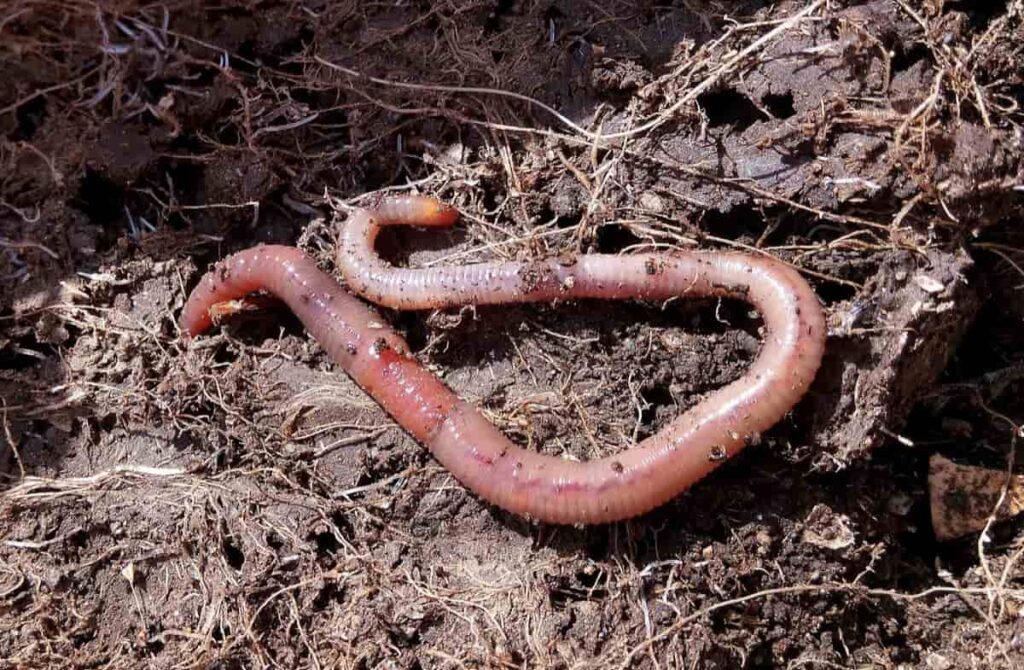
In addition to repelling aphids and spider mites, they are also effective in preventing the proliferation of many plants pests. A small number of worm castings should be added to the potting soil monthly throughout the growing season. You don’t have to worry about adding a little extra; unlike chemical fertilizers, worm castings won’t harm your plants.
Sprinkle 1 to 3 tablespoons of worm castings (15-45 ml.) around the stem of container plants, then water generously. Tea from worm castings can be made by steeping them in water for a few minutes. You can spray the tea directly on foliage or pour it over the potting soil. Two cups of castings should be blended with five gallons of water to make worm-casting tea.
Guano
A bird’s excrement is known as guano found along the coast. Bat poop is collected from wild insectivorous and fruit-eating bats known as bat guano. A manure fertilizer, bat guano, is used by gardeners as a kind of fertilizer in their gardens. Adding this, your plants will thrive and become healthier, stronger, and greener. Additionally, it contributes significantly to the development of flowers.
The guano is dried in an organic fertilizer form, and you can easily find it as a powder or a pellet. Mixing it with water creates a slow-release fertilizer with high nitrogen content that will nourish your garden’s flora. Guano, applied to plant leaves, promotes vigorous vegetative growth and protects them from fungal infections.
Wet or dried, guano can be applied as a top dressing fertilizer. It can be mixed into the top layer of the soil before planting or during active growth. Doing so will ensure that your garden soil is sufficiently prepared to provide beneficial nutrients to your plants. During the active growing season, guano fertilizer can also be added. Water your plants with guano tea during regular watering.
Fish emulsion
A fish emulsion is an organic liquid fertilizer made from byproducts of the fish oil and fish meal industries. It is also known as fish fertilizer. The product is a thick concentrate that must be diluted with water before being applied to lawns and gardens. Deodorized fish emulsion is also available, which does not have a strong fishy smell. Gardeners can use fish emulsion for a variety of purposes.
Due to its higher nitrogen content, it is especially useful in early spring as a lawn fertilizer and for feeding leafy green vegetables. Nitrogen burn can occur if you apply too much fish emulsion to soil with high nitrogen levels. The fish emulsion must first be diluted before use. One gallon of water should be mixed with two tablespoons of fish emulsion.
There may be a strong odor, but it will dissipate over time. You can then use that fish water to water your plants. Applying fish emulsion frequently is recommended because it works quickly. An easy way to fertilize your lawn in the spring is to spray it with fish emulsion using a hose-end sprayer.
Seaweed fertilizer
This type of fertilizer is derived from natural seaweed sources and is called liquid seaweed fertilizer. A variety of seaweed called kelp is used in most seaweed-based fertilizers, which can grow up to 50 meters long. Magnesium, potassium, zinc, iron, and nitrogen are trace elements in organic seaweed fertilizers. Plants benefit from all of these. A key component of photosynthesis is a nitrate, produced by nitrogen in plants.
In case you missed it: Top 18 Best Seaweed Fertilizers in India: Benefits and Prices
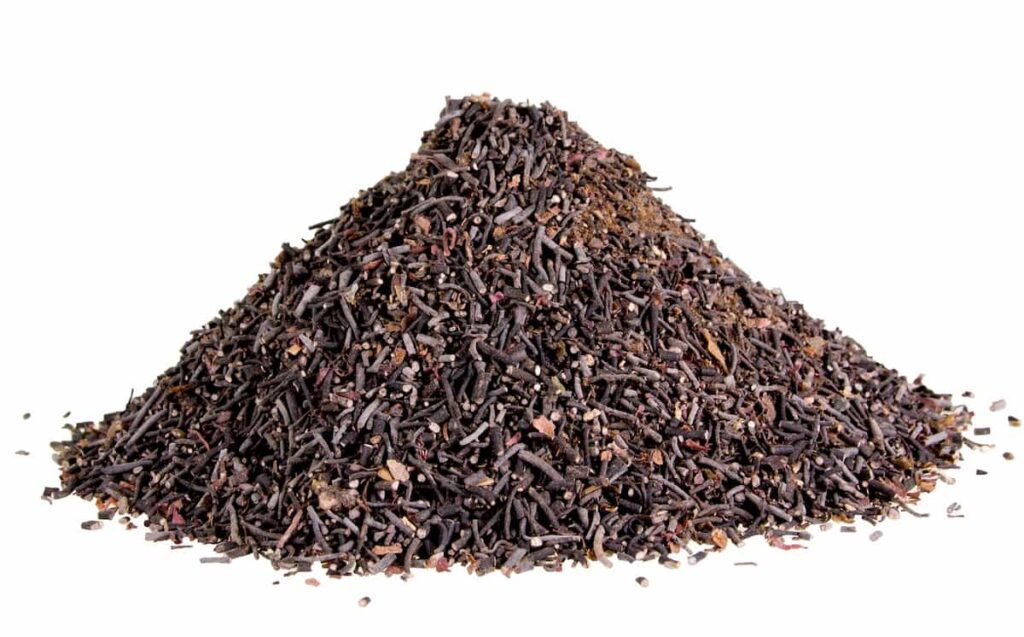
Since seaweed extracts promote plant growth and yield, they have been used in commercial crop production for many years as fertilizers. No matter whether a plant is outdoors or indoors, it is best to apply fertilizer during the active growing season. During the winter, plants need to slow down their growth, and fertilizer will disrupt this natural dormancy. When repotting or planting container plants in the ground, spray the root ball with liquid seaweed fertilizer after removing it from the container. In this way, transplant shock can be prevented.
- Mix this fertilizer with water in a spray bottle and apply it to the plants if you have small houseplants or herbs. Also, mix it in a watering can and sprinkle your plants with the diluted solution.
- Using a sprayer, you can apply a more substantial amount of solution if you have a large planting area.
Rock phosphate
Rock phosphate, or phosphorite, is a sedimentary rock with high phosphorus levels. It is a mined rock that also contains clay and limestone. Among the three nutrients NPK, phosphorus is the essential nutrient P found in phosphate rock. A garden fertilizer made from organic phosphates is made from it. A rich source of phosphorus, phosphate rock ensures vibrant, healthy plants.
In addition to being called rock dust, these fertilizers contain rock minerals. Using phosphate rock fertilizers is a general practice that encourages healthy blooms and vegetables. Pests and diseases must be prevented more rigorously when growing a vegetable garden. Using phosphates can reduce the number of pests in your vegetable crops and enhance their flavor and yield.
Spread the rock phosphate over the lawn and trees if your landscaping is well established. You can lightly rake it into the soil to incorporate it into the root zone. Transplanting and growing trees requires 2-10 pounds per hole. When the soil in your area is significantly deficient in phosphorus, you can increase the amount of phosphorus you add to the soil by 50 pounds per square foot. A single application of rock phosphate can last up to five years, depending on the health of your plants.
Green sand
When your organic garden needs to be enriched, you can choose several natural fertilizing options. Greensand is one of those, a slow-release fertilizer made up of mineral deposits found on the ocean floor. As a soil conditioner or fertilizer, greensand is a material mined from the ocean floor, also called glauconite. Blueish-green in color, it is composed of marine potash, silica, iron oxide, magnesia, lime, and phosphoric acid, among others.
The use of greensand in your garden and lawn has many benefits. In addition to improving soil structure, enhancing root growth, and providing more nutrients to plants, it enhances their overall health. Because greensand is not water-soluble, it must break down in the soil. It is therefore applied directly to the soil, not mixed with water. Early spring is the best period to apply it. You will need a different amount depending on where and how you intend to use it. To grow flowers and vegetables, you should aim for five to ten pounds per 100 square feet.
Conclusion
Natural organic fertilizer comprises naturally available plant minerals and provides moderate amounts of essential nutrients. They are capable of reducing the problems associated with synthetic fertilizers. Using them allows soil fertility to be maintained without requiring repeated synthetic fertilizers. During plant growth, they release nutrients slowly into the soil solution and maintain nutrient balance.
- Types of Pesticides Used in Agriculture: A Beginner’s Guide
- Economical Aquaculture: A Guide to Low-Budget Fish Farming
- 15 Common Planting Errors That Can Doom Your Fruit Trees
- How to Make Houseplants Bushy: Effective Tips and Ideas
- Innovative Strategies for Boosting Coconut Pollination and Yield
- Pollination Strategies for Maximum Pumpkin Yield
- The Complete Guide to Chicken Fattening: Strategies for Maximum Growth
- Natural Solutions for Tulip Problems: 100% Effective Remedies for Leaf and Bulb-Related Issues
- Revolutionizing Citrus Preservation: Towards a Healthier, Greener Future
- Natural Solutions for Peony Leaf and Flower Problems: 100% Effective Remedies
- Maximizing Profits with Avocado Contract Farming in India: A Comprehensive Guide
- Natural Solutions for Hydrangea Problems: 100% Effective Remedies for Leaf and Flowers
- The Ultimate Guide to Choosing the Perfect Foliage Friend: Bringing Life Indoors
- From Sunlight to Sustainability: 15 Ways to Use Solar Technology in Agriculture
- The Ultimate Guide to Dong Tao Chicken: Exploring from History to Raising
- The Eco-Friendly Makeover: How to Convert Your Unused Swimming Pool into a Fish Pond
- Mastering the Art of Delaware Chicken Farming: Essentials for Healthy Backyard Flocks
- 20 Best Homemade Fertilizers for Money Plant: DIY Recipes and Application Methods
- How to Craft a Comprehensive Free-Range Chicken Farming Business Plan
- Brighten Your Flock: Raising Easter Egger Chickens for Beauty and Bounty
- How to Optimize Your Poultry Egg Farm Business Plan with These Strategies
- Subsidy for Spirulina Cultivation: How Indian Government Schemes Encouraging Spirulina Farmers
- Ultimate Guide to Raising Dominique Chickens: Breeding, Feeding, Egg-Production, and Care
- Mastering the Art of Raising Jersey Giant Chickens: Care, Feeding, and More
- Ultimate Guide to Raising Legbar Chickens: Breeding, Farming Practices, Diet, Egg-Production
- How to Raise Welsummer Chickens: A Comprehensive Guide for Beginners
- How to Protect Indoor Plants in Winter: A Comprehensive Guide
- Ultimate Guide to Grow Bag Gardening: Tips, Tricks, and Planting Ideas for Urban Gardeners
- Guide to Lotus Cultivation: How to Propagate, Plant, Grow, Care, Cost, and Profit
- Agriculture Drone Subsidy Scheme: Government Kisan Subsidy, License, and How to Apply Online
- Ultimate Guide to Raising Araucana Chickens: Breed Profile, Farming Economics, Diet, and Care
- Bringing Hydroponics to Classroom: Importance, Benefits of Learning for School Students
- Ultimate Guide to Raising Polish Chickens: Breed Profile, Farming Economics, Diet, and Care
- Ultimate Guide to Raising Australorp Chickens: Profile, Farming Economics, Egg Production, Diet, and Care
- Silkie Chicken Farming: Raising Practices, Varieties, Egg Production, Diet, and Care
- Sussex Chicken Farming: Raising Practices, Varieties, Egg Production, Diet and Care
We want to know how to reduce weight of the soil Mixture in vertical farming of Turmeric and Ginger crops
So let me know some combination of soil Mixture